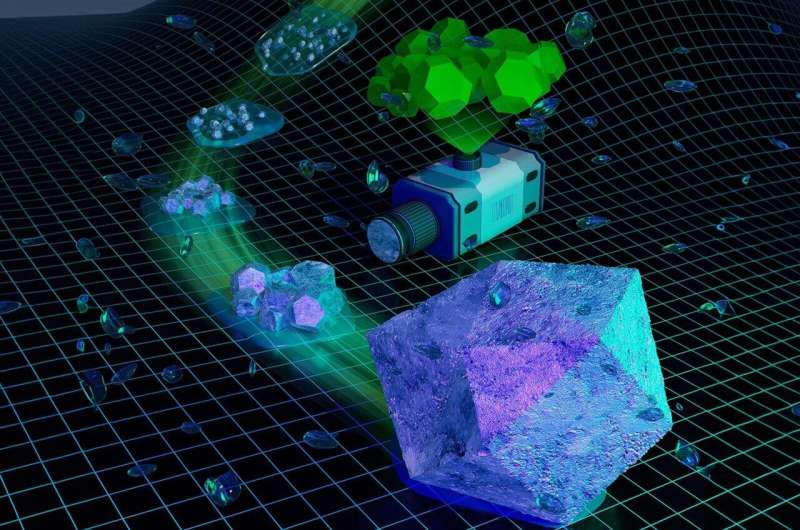This article has been reviewed according to Science X's editorial process and policies. Editors have highlighted the following attributes while ensuring the content's credibility:
fact-checked
trusted source
proofread
Deciphering how crystals form in non-classical ways

Soft and organic crystals are a diverse group of materials with connections to biological, environmental, and industrial processes with a wide range of applications, from pharmaceuticals to flexible electronics. Understanding the details of their crystallization pathways is essential to developing the ability to controllably synthesize new materials and structures with targeted properties.
A new review article, published in Nature Reviews Materials, offers a broad perspective on assembly of a range of materials, filling a need for a comprehensive review of the field.
While classical theories of how crystals form and grow have been long established for a range of materials, they provide an incomplete picture of crystallization. Many soft and organic materials form via non-classical pathways that lead to substantially different final crystal structures.
Recent experimental advancements have enabled more accurate and in-depth analysis of these materials during and after formation. The review article examines two decades of research on the non-classical formation pathways of soft and organic crystalline materials. It details the current theoretical understanding of how these materials form through non-classical pathways, including distinguishing the processes of nucleation and growth across models.
Advances in experimental methods, including in-line scattering/spectroscopy detection, cryo microscopy, and in situ liquid-phase characterization, and their application to studying soft and organic crystalline materials are also discussed.
These experimental techniques have provided strong evidence for non-classical crystallization pathways, leading to key breakthroughs in understanding these processes. However, the sole presence of a specific final product or intermediate does not prove that a material formed via a specific pathway.
Thus, in situ techniques and kinetics measurements are essential to developing the detailed knowledge necessary to understand how these materials form.
More information: Jingshan S. Du et al, Non-classical crystallization in soft and organic materials, Nature Reviews Materials (2024). DOI: 10.1038/s41578-023-00637-y
Provided by Pacific Northwest National Laboratory





















